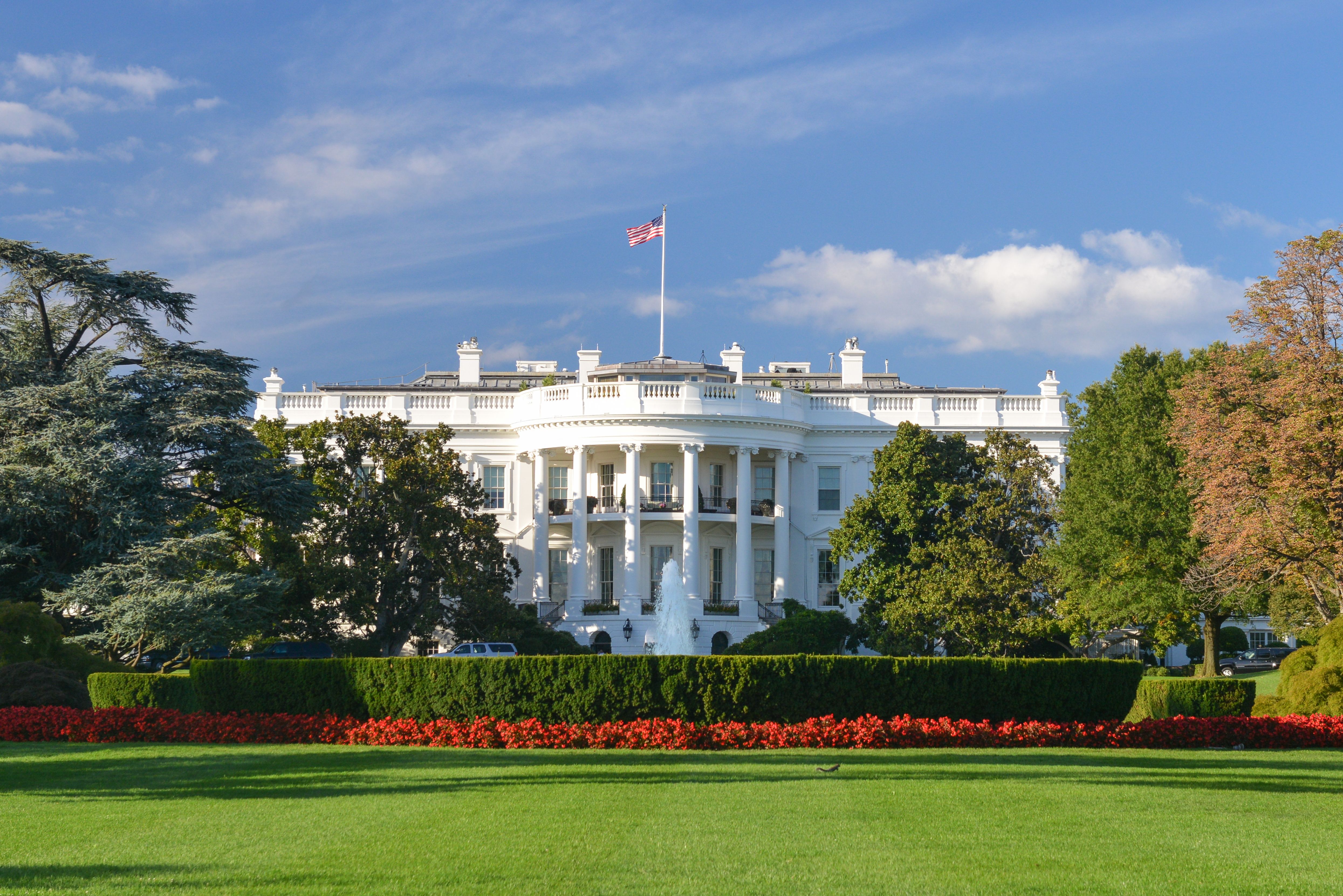News
Article
FDA Releases Annual Report on Generics
Author(s):
The Office of Generic Drugs highlights the agency’s work to advance generic drugs.
On April 13, 2016, FDA’s Office of Generic Drugs (OGD) in the Center for Drug Evaluation and Research (CDER) released their first annual report. The report states that FDA met or exceeded their performance goals for 2015. According to OGD, more than 700 generic-drug approvals and tentative approvals were completed in 2015, the highest number to date.
Generic drugs, according to FDA, make up nearly 88% of US prescriptions. The Generic Drug User Fee Amendments (GDUFA), enacted in 2012, tasked FDA with the timely review and approval of generic drugs. Since the enactment of GDUFA, Kathleen “Cook” Uhl, director of OGD, says the agency has streamlined their review process to expedite reviews of abbreviated new drug applications (ANDAs) and has, therefore, cut the average review time. “OGD spent 2015 continuing to increase communications with industry, putting out a record amount of formal correspondence to industry on application-specific issues, closing out controlled correspondence, and providing target action dates (TADs),” said Uhl in the report.
Reduced application backlog
Reducing the backlog of pending applications the agency had received prior to Oct. 1, 2016 was one of the actions FDA took on in 2015. By the end of 2015, FDA had completed first actions on 84% of the 2866 ANDAs that were pending and 88% of the 1873 pending prior approval supplements (PASs), ahead of schedule. FDA also significantly reduced their backlog of controlled correspondence (i.e., product development questions) by closing out 2065 controls in 2015.
Improved processes
OGD improved business practices by doing the following:
- Launching an informatics regulatory review platform
- Improving the review process by assigned a regulatory project manager to each ANDA
- Eliminating the filing backlog and performing filing in real time
- Reconfiguring employee orientation and training.
To tackle their tasks assigned to them by the GDUFA, the OGD office expanded in 2015 with the hiring of 125 new employees. The office also distributed staff to other CDER and FDA offices involved with the generic-drug program. The OGD includes an oversight office, a bioequivalence office, a research and standards office, a regulatory operations office, and a generic-drug policy office.
New guidance and standards
OGD issued 124 new and 48 revised individual product bioequivalence (BE) guidance documents “to facilitate efficient filing review, pre-market development of generic drug products, and accurate tracking of OGD’s activities in this area,” according to the report. The OGD also established a working group to review requests for BE guidance.
OGD also published guidance documents on the topics of refuse-to-receive standards, physical attributes of generic tablets and capsules, controlled correspondence, and labeling. Three manuals of policies and procedures were also published in 2015.
Research
Part of the GDUFA implementation includes funding for research programs, with $34.9 million invested so far. Developing a regulatory science plan is part of FDA’s goals under GDUFA. OGD held its third annual public meeting in June 2015 to develop regulatory science priorities, which resulted in the FY 2016 GDUFA regulatory science plan.
In 2015, OGD staff reviewed more than 100 proposals and chose 23 that complement internal activities. There were more than 90 research collaborations ongoing in 2015. Two BE studies conducted in 2015 provided evidence to support successful generic substitution on anti-epileptic drugs.
“Despite our progress, we have a lot more work to do. But we don’t expect to do it entirely on our own. Achieving goals that work for the public requires input from the public, including industry, the research community, lawmakers, and other stakeholders,” said Uhl in an FDAVoice blog.
FDA is holding a public meeting on May 20 to gain industry feedback on the agency’s generic-drug initiatives.
Source: FDA
Newsletter
Get the essential updates shaping the future of pharma manufacturing and compliance—subscribe today to Pharmaceutical Technology and never miss a breakthrough.





